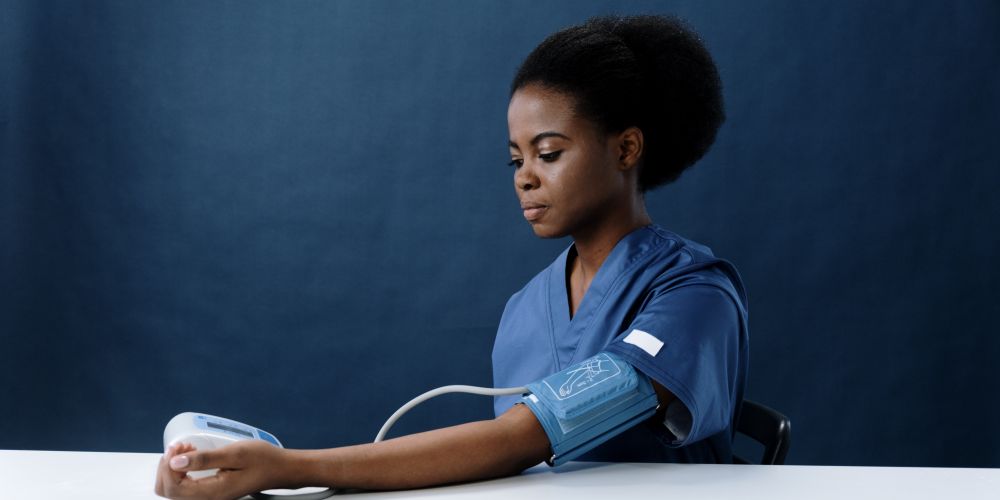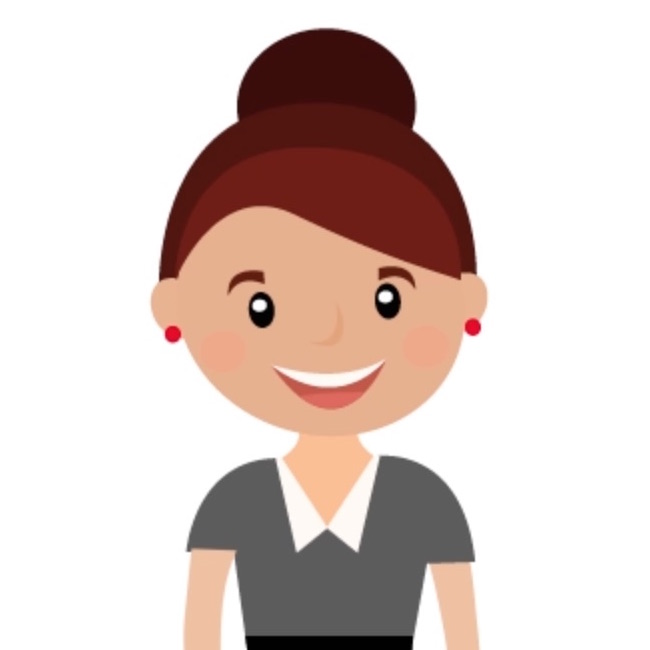July 7, 2021

High blood pressure is common among adults as we age, but it can present differently in men and women over the course of our lives. Men and women in their forties through sixties have a similar level of risk for developing high blood pressure. But after the onset of menopause, women actually face higher risks than men of developing high blood pressure. Women's College Hospital reports that "Blood pressure in women starts to increase with age at a faster rate than it does with men, so you get a steepening of that age-related increase in blood pressure. By age seventy-five or eighty, there are more women with high blood pressure than men".
Just what is blood pressure? Blood pressure is a measure of the pressure or force of blood against the walls of your blood vessels (arteries). Your blood pressure reading is based on two measures. The top number (systolic) is the measure of the pressure when your heart contracts and pushes blood through the arteries. The bottom (diastolic) number is the measure of the pressure when your heart relaxes between beats. Optimal blood pressure is a reading of lower than 120/80. When your blood pressure numbers are consistently greater than 135/85, you're considered to have high blood pressure, or hypertension.
Prior to menopause, women have pliant and stretchy blood vessels, but in menopausal and post menopasual women, the blood vessels change and start to get stiff and less stretchy. This age related high blood pressure in women is called isolated systolic hypertension. If left untreated, high blood pressure can lead to increased risk of cardiovascular diseases such as heart attacks, stroke, heart failure, kidney failure, and potentially dementia.
What can you do to control your blood pressure? Long lasting changes to your lifestyle are the most effective approaches, but we have some tips below to help get high blood pressure under control:
In addition to the above suggestions, consider having your blood pressure checked regularly by the doctor - or invest in a portable blood pressure machine to monitor it yourself.
To get the tools and support you need to reach your fitness goals, and to set the stage for a healthier, more active future, GOeVisit is proud to partner with Curves to expand your wellness options, wherever you are, and on your schedule. Starting today, registered GOeVisit members can receive 20% off a Curves membership. In addition, Curves members can now access our services at no fee!
If you have questions or concerns about hypertension or high blood pressure, consider booking an appointment with one of our GOeVisit practitioners!

GOeBlogger is a health enthusiast and avid reader living and thriving in vibrant Vancouver. When she's not nerding out at her laptop, you can find her exploring the beautiful BC coastline with her dog.

Connect with us online for a virtual and personal consultation for minor illnesses.
Call us at 1-866-318-4748
Send us an email
Sign up for the latest news and offers delivered to your inbox.